“Restore Point” is smart sci-fi noir with a great premise that provides a show-stopping visual showcase for a promising new director.
Whether in real life or reflected in our cinema, advancements in technology are as terrifying as they are thrilling.
While, in many respects, something like the rise of AI is undoubtedly cool and offers great potential for making our lives easier, the implications of such technology in the wrong hands — as we’ve already seen — are staggering.
It’s hard to deny that most people living in modern times have it significantly easier, and in many ways better, than our ancestors thanks to technological developments.
Still, for every benefit, there are risks, downsides, and serious threats… some far more than others.
Technology isn’t evil, no matter how problematic it might be. In the right hands, it can be miraculous and life-changing. In the wrong hands? Catastrophic.
The reason it’s so rife for exploitation in speculative science fiction and horror is that the “wrong hands” are always a part of any equation. Human nature is as corrupt as it is noble.
Watch or re-watch Oppenheimer for a reminder of the apt adage: just because we can doesn’t mean we should.
The road to hell is paved with good intentions.
Restore Point presents a not-so-distant future that may just be saved, in a very real sense, by technology, but there’s a catch; there’s always a catch.
We begin with some text that explains that worsening socio-economic conditions in Central Europe in the year 2041 have dramatically increased crime and murder rates, forcing the government to offer its citizens a technological lifeline.
Known as a Restore Point, a term ripped from the world of video gaming, individuals can now be brought back to life at the time of an unnatural death — assuming they have created a backup of their personality within the last forty-eight hours.
It’s a form of usurped God-like powers and divine intervention that doesn’t sit well with everyone.
A resistance movement known as River of Life is formed to oppose this ethically questionable technology.
River of Life has been labeled as a terrorist group due to the extreme tactics of its members, which involve killing innocent people to prove their point.
One of their victims was a concert pianist, kidnapped and murdered following a performance.
That man was the husband of Detective Em Trochinowska (Andrea Mohylová), who now carries a personal vendetta against the group and has since developed a reputation for being a reckless lone wolf with little regard for the rules or others on her team.
Despite that, she’s a great cop, and her Captain (Jan Vlasák) is eager to give her another chance following a batched confrontation with a River of Life member at the thrilling start of the film.
A case has just crossed his desk, and he feels confident Em is the perfect person to lead it — but only if she can play nice.
David Kurlstat (Matej Hádek), a scientist and lead researcher at the Restore Institute, the organization responsible for developing and overseeing the radical new life-saving technology, has just been murdered alongside his wife.
In a shocking twist, neither of them had valid backups at the time of their death.
When Kulrstat is illegally resurrected from an old backup, he joins forces with Em to help solve the murder of him and his wife.
The two soon become embroiled in an intricate plot involving age-old evils of corporate greed, corruption, and the inherent failings of our human nature.
It’s an effectively engrossing tech noir mystery that offers plenty to delight fans of murder mystery thrillers, offering viewers the opportunity to try to piece together the puzzle from the twisty clues.
Well-paced with great attention to detail, the film does a great job of keeping you entwined in the thoughtfully crafted story.
However, that’s not the primary reason to tune into this dazzling debut from writer-director Robert Hloz (from a story co-written by Tomislav Cecka and Zdenek Jecelin).
The real reason this sci-fi showstopper stands out is its impressive visual spectacle.
Paying tribute to sci-fi greats like Blade Runner and Minority Report, Hloz’s jaw-dropping cyberpunk future is masterfully conceived and executed.
Beautifully photographed, it’s a thoughtfully considered world that feels believable, reflecting the technological progress of two decades into the future while still feeling authentic and not like some strange alien landscape.
Digitally imposed elements — like the monolithic, angular buildings that litter the skyline in this cold, industrial Megalopolis — blend seamlessly into the natural background of Prague.
Remnants of the dystopian past share the screen with the symbols of a technologically driven retro-futuristic utopia, serving as a stark reminder that we can save the world, but it may not be a world worth saving.
With the help of production designer Ondřej Lipenský and an immersive score from Jan Sleska, Hloz proves he excels at inventive world-building.
He wrings every last cent out of his modest (by comparison to other blockbuster sci-fi spectacles) $2 million budget.
Alongside the ability to resurrect the dead — a feat hard to imagine in such a short timeframe, if ever — we get an array of believable future tech that feels like the natural evolution of smart homes, cars, and phones.
From holographic images to self-driving cars to virtual environments co-existing with the natural world, these smart touches are used subtly and effectively to involve the audience.
Further, Hloz makes sure to frame every scene in the best possible way to center the action and showcase the artistry of the world he’s carefully constructed.
A scene where Em and Kurlstat enter a seedy, underground establishment is especially well-executed. Not only does it offer some of the film’s strongest aesthetics and a clever conceit I won’t ruin for you, but it does wonders to underscore the film’s central thesis that revolutionary tech will always be appropriated and bastardized in service of man’s base desires.
Ultimately, it’s a chilling yet plausible future where science can save us, but at what cost?
Like all the best science fiction, the tech is just a backdrop for a very human story about grief, loss, identity, autonomy, and morality.
It’s a world where the only real act of freedom and defiance of government control is death.
While exploring ideas of identity and the extent to which our memories make us who we are, in a vein similar to films like Memento or Dark City, this ambitious sci-fi noir walks a pitch-perfect line between a well-wrought genre mystery with a compelling story, an action-infused thriller, and a provoking philosophical probe of the impact of God-like technology that puts unprecedented power in the control of a few.
It has enough disparate elements that all work exceedingly well individually and exquisitely in tandem that it should appeal to the intellectual cinematic crowd as much as those who love a good visual or action-packed spectacle.
It’s the first sci-fi movie to come out of the Czech Republic in forty years, and it’s an uncompromisingly strong calling card for Hloz, who clearly has a future marked not by rising skylines but by rising budgets when Hollywood inevitably comes knocking.
I’ll leave you with one final thought regarding this foreign tour de force.
The Czech/Slovak language film is being released in its native language with English subs as well as in an English dubbed version.
Ordinarily, I would never willingly watch a dub of a foreign film when the native sub is readily available, but I wanted to determine whether the dub is a worthwhile alternative for those of you who hate subtitles.
As tempting as it is for me to implore you to start watching films in their native language — it’s a far more immersive, natural-sounding, and character-investing approach to watching a film — I also understand that too many people miss out on some truly outstanding cinema due to the language barrier.
Thus, I always appreciate filmmakers who release both a sub and a dub if it means making the film more accessible to a wider audience.
If you have to choose between watching a dubbed version of this film or not watching it all, watch the dub. It’s too good to miss out on.
But please know that the film suffers considerably from an awkward, unnatural-sounding dub that took me out of the film and made me far less invested. It’s still a beautiful-to-look-at film, but I’ll admit to really being distracted by bad voice acting and a lack of authenticity.
It’s stunning in its native language; I urge you to try to watch it that way.


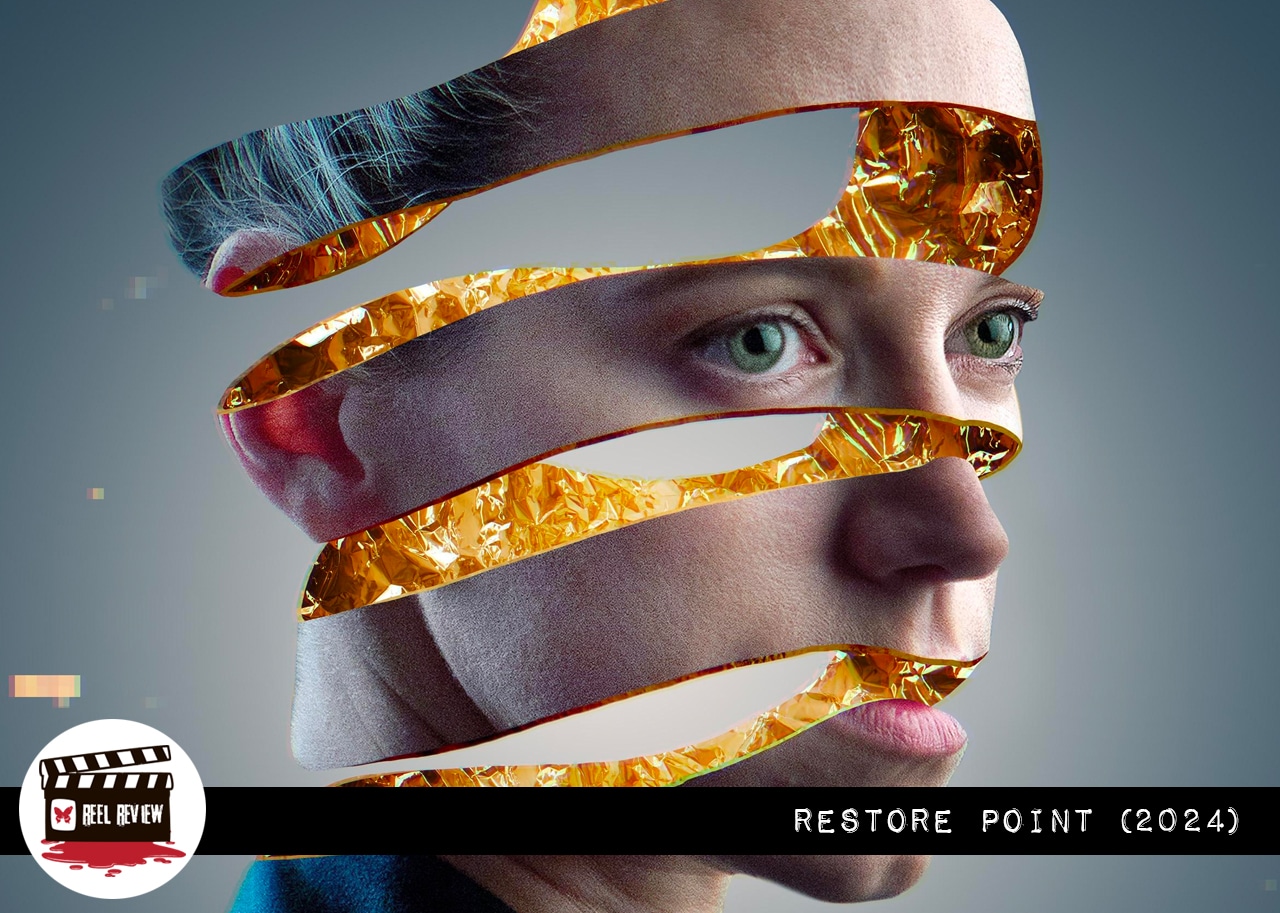
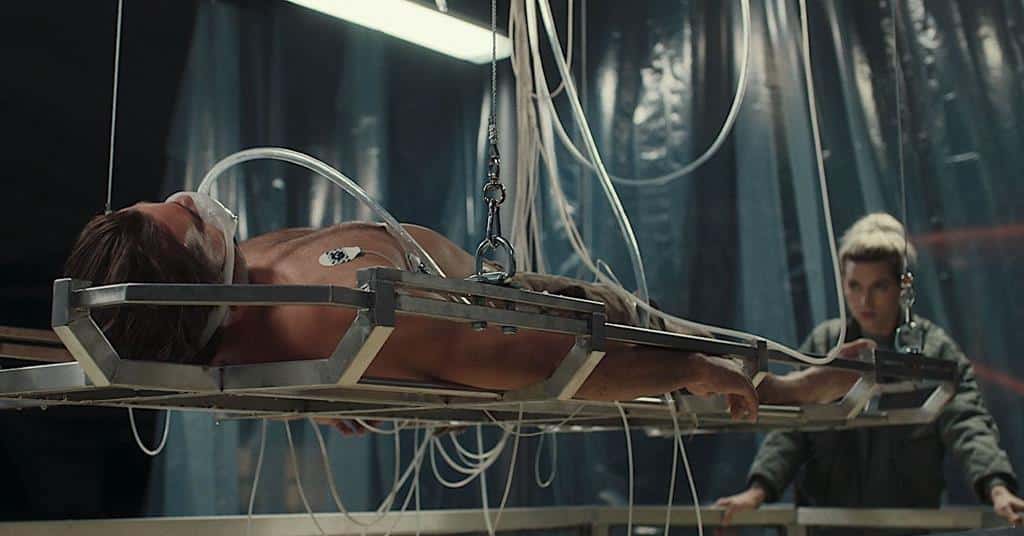
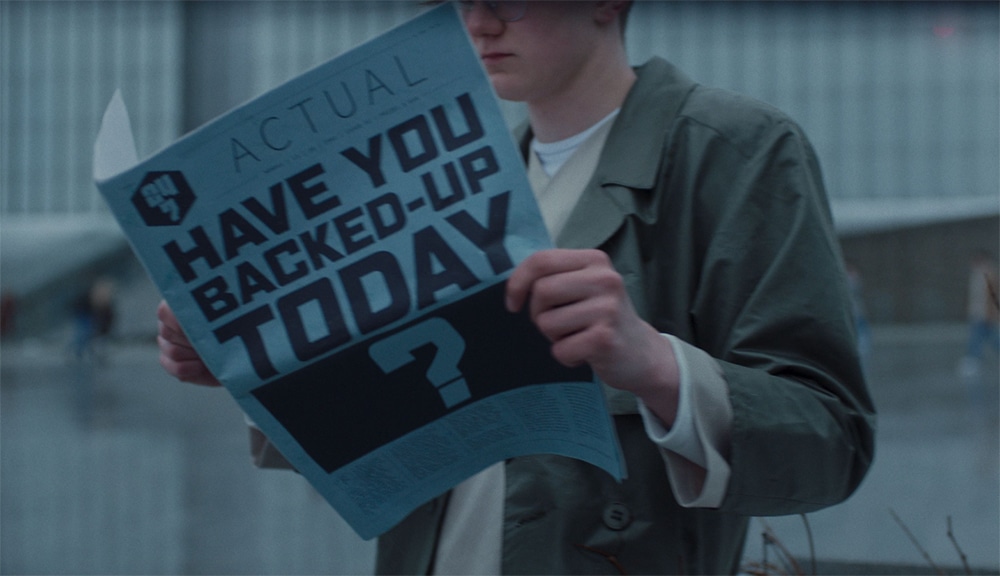
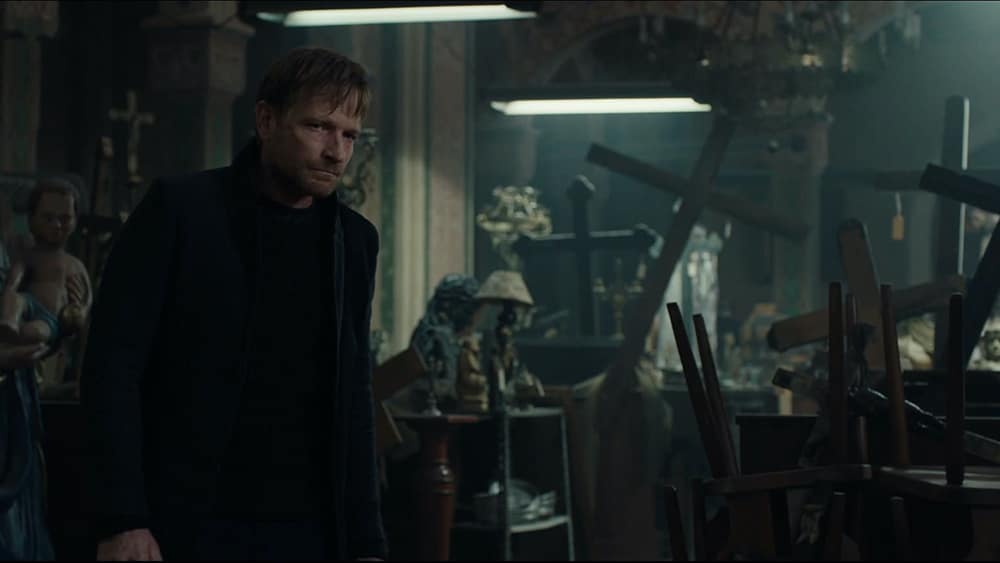
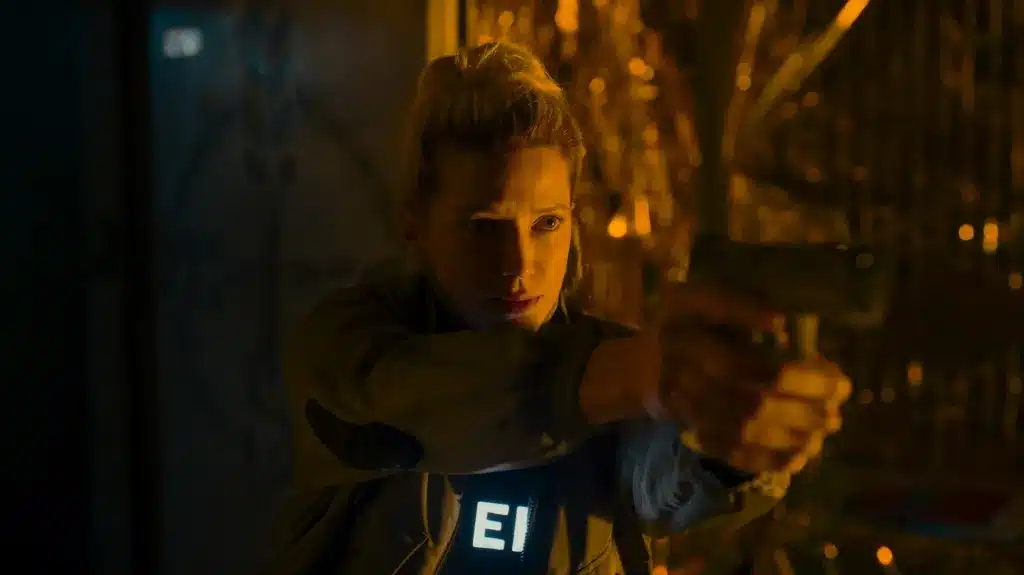
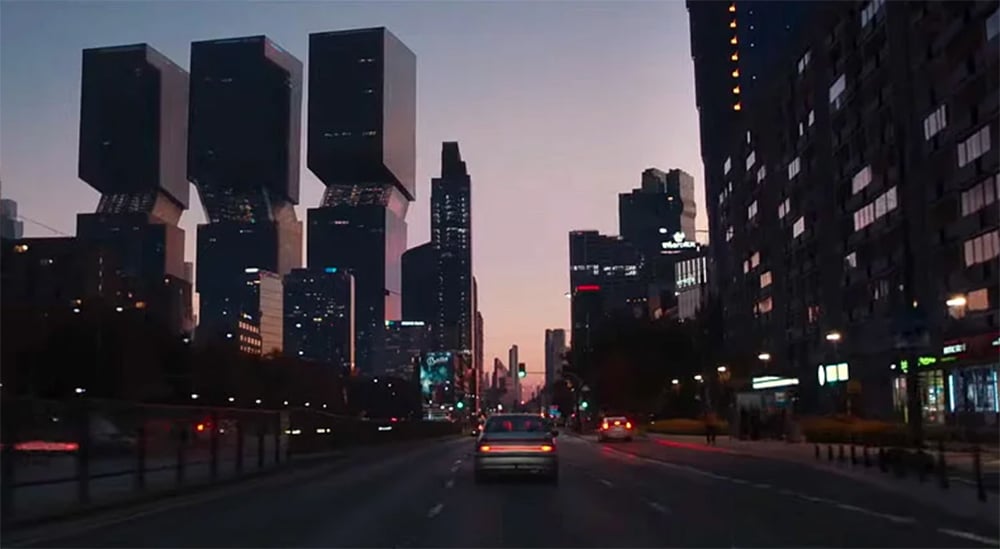
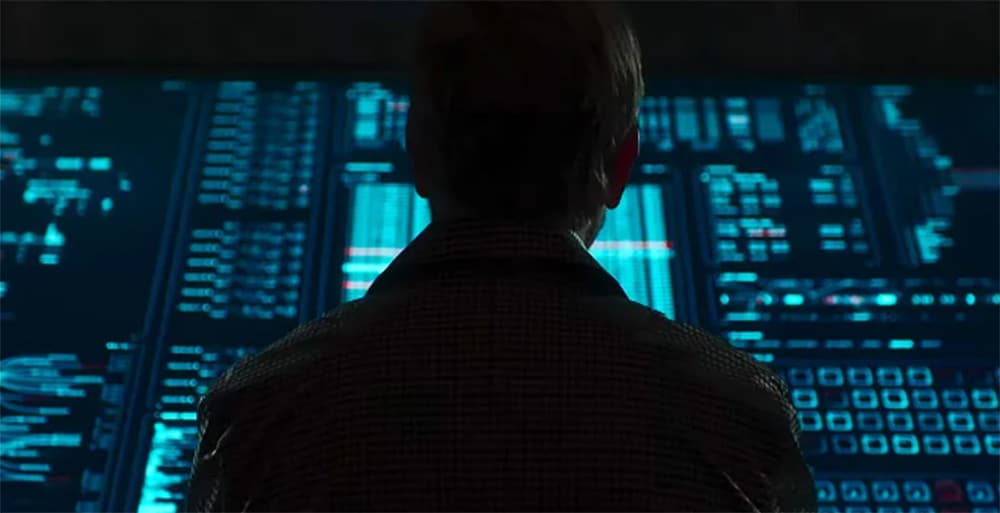
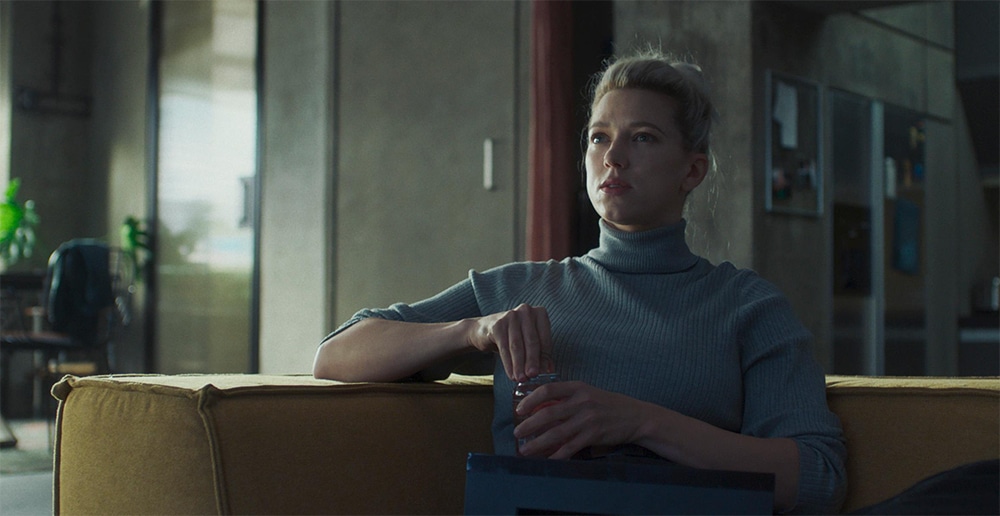
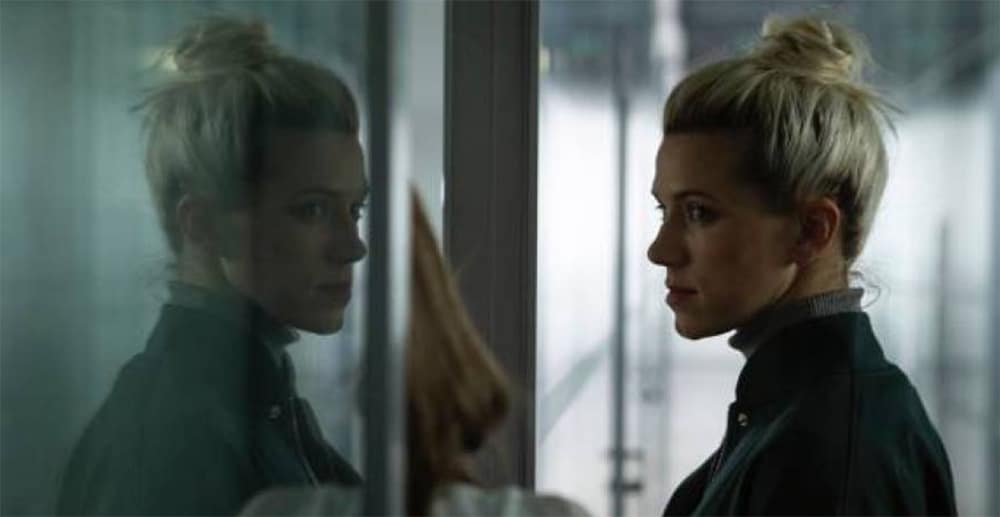
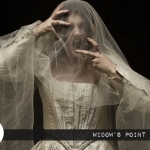











Follow Us!